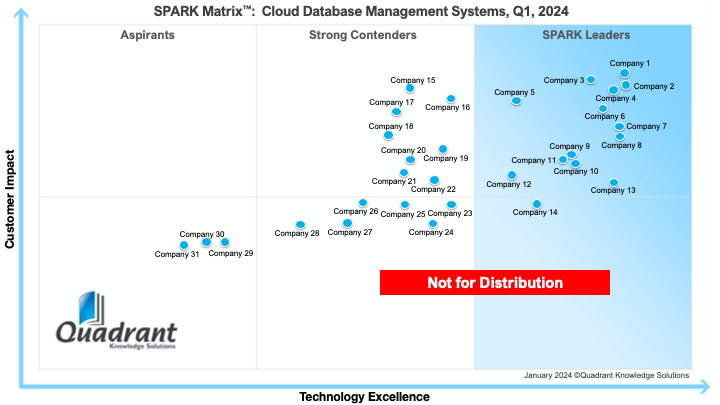Barrister Who Cited Five Fake Cases In Legal Proceedings Suspected Of Using AI - Portner

A judge has accused a barrister and solicitor of “appalling professional misbehaviour” in relation to the citation of five fake cases in a statement of facts and trying to dismiss these as “minor citation errors”. It was suggested in the judgment that the fake cases may have been referenced due to the barrister using artificial intelligence. Partner Alex Williams reviews the case of Ayinde, R v The London Borough of Haringey and discusses the use of AI in legal research and drafting.
Judgment in Ayinde
The case involved judicial review proceedings in which the barrister for the claimant, Sarah Forey, lodged written submissions that referred to five cases that did not exist. When asked by the defendant’s solicitors to provide copies of the judgments, the claimant’s solicitors failed to do so, did not admit the cases were made up and said references to them were merely “cosmetic errors” that could be “easily explained”. The judge concluded that this assertion was “a grossly unprofessional categorisation”.
The judge was dismissive of Ms Forey’s explanation of how she had put five fake cases in her submission, saying he did not understand her explanation “or how it hangs together”. However, he said he was not in a position to determine whether she used AI as suggested by the defendant’s barrister, as she did not give evidence. He said that if she had used AI and not checked it, it would constitute negligence.
Although the judicial review was successful and costs awarded to the claimant, wasted costs orders were made against both Ms Forey and the claimant’s solicitors on the basis that they had acted “improperly, unreasonably or negligently”. This is a serious finding. Given that it ought to have been obvious to both Ms Forey and the claimant’s solicitors before the hearing that the cases weren’t real (having been alerted to this possibility beforehand), it is deeply concerning that they didn’t acknowledge their error and apologise rather than try to sidestep the issue and come up with explanations that, to the judge, made no sense. The judge was damning of their behaviour, saying “it should not be left unexposed. It undermines the integrity of the legal profession and the Bar.”
The judge concluded that “providing a fake description of five fake cases, including a Court of Appeal case, qualifies quite clearly as professional misconduct”. He ordered a copy of his judgment to be sent to the Bar Standards Council and Solicitors Regulation Authority.
AI and legal research and drafting
It seems unlikely this will be the last instance in which a solicitor’s or barrister’s alleged negligence is due to the use of AI, and it would be no surprise to see further cases in the months and years ahead.
In the meantime, the government has signalled its intention to “ramp up AI adoption across the UK” by releasing its AI Opportunities Action Plan.
This AI “revolution” is set to extend to the justice system. A report by Justice in January titled AI in our Justice System, says that “AI, or indeed the promise of AI yet to come, holds the potential to solve many genuine problems of people and planet – including some of the issues we are grappling with in the justice sector”. However, it also warns that it “equally has the potential to cause significant harm”.
One of the reasons for mistakes like the one in the Ayinde case (if, indeed, AI was used in that case) is due to AI “hallucinations”. “Hallucinations” is the term used for instances where AI generates incorrect information and presents it as fact.
As Justice’s report points out: “Some AI models, particularly large language models (LLMs), can produce entirely fabricated or misleading content. These outputs may appear coherent and authoritative but are not grounded in reality… For instance, recent Stanford research found that tools designed to assist with legal enquiries frequently generated fabricated case citations and inaccurate legal interpretations.”
The report also highlights other issues with AI in its current form, such as its unpredictability, algorithmic bias and lack of transparency. Critically, there are also concerns that this may act as a barrier to access to justice as “inaccurate, biased, or poor-quality AI outputs may discourage individuals from asserting their rights or seeking redress”.
Conclusion
The temptation is to see AI simply as a reliable and exceptionally useful tool for saving time (particularly given the immense time pressures affecting those that work in the legal profession) and ensuring every legal angle is covered when carrying out research or drafting. But this is fraught with danger.
To mitigate against this danger, Justice’s report proposes two clear requirements for those seeking to use AI in the justice system:
- “Goal led: Ensure the tool is clearly aimed at improving one or more of the justice system’s core goals of access to justice, fair and lawful decision making and transparency.”
- “Duty to act responsibly:Ensure all those involved in creating and using the tool take responsibility for ensuring the rule of law and human rights are embedded at each stage of its design, development and deployment.”
The report argues that complying with these requirements can “help safely harness AI’s potential across the justice sector”.
It was said long ago that “technology is a good servant but a bad master”, and this statement is regularly updated now to refer specifically to AI. Lawyers, in particular, would be wise to heed this advice.
If you have any litigation queries, please contact Alex Williams at aw@ Portner.co.uk.
For more information visit our website: https://www.portner.co.uk/
Telephone: 020 8290 0333






